By: Morgan Hensley
Fitbit stock soars. The FDA approves an in-ear wearable to manage opioid withdrawals. The Google Brain team announces an initiative to integrate voice recognition and electronic health records. What do these recent headlines have in common?
They’re all part of the Internet of Health Things (IoHT).
This fast-growing market has enormous potential to revolutionize the patient experience. Accenture projects the value of the IoHT will exceed $163 billion by 2020. The market for wearables alone may top $50 billion by 2022. Only one question remains: what exactly is the IoHT?
The IoHt is a subset of, the Internet of Things, which comprises network-connected devices that passively collect, store, and share data. Consider the light bulb you can switch on with your cell phone or your Amazon Echo (a.k.a “Alexa”) which plays any song you request. In the field of healthcare, IoHT devices include smart pill bottles that notify care teams when it’s opened and wearables, which monitor heart rate, fitness activity, and location.
The beauty of IoHT technologies resides in their noninvasive, objective, real-time data collection. The technologies operate in the background, allowing patients to live their lives with minimal interference while providing physicians with thorough, unadulterated information. This interconnectivity and integration have the possibility to collect raw data and transform it into meaningful actions for providers.
This ability to capture patient data from afar is known as remote patient monitoring (RPM), and the ramifications can revolutionize healthcare. This data is transparent, comprehensive, unobtrusive, and even lifesaving. A Florida teenager’s life was saved when her Apple Watch detected a surge in her heart rate. Her wearable notified her, she visited her doctor, and received a startling diagnosis: acute kidney failure with no discernable symptoms.
RPM technology extends not only the reach of your practice for miles, but also lengthens the duration to include every second of the hours, days, and weeks between office visits. Patient interactions would include time spent at work and at rest instead of a relatively brief in-office visit. It’s easy to see why RPM is generating such attention. One survey established that 88 percent of providers have taken action to understand patient attitudes toward RPM.
Despite RPM’s tremendous potential, it isn’t viable or attractive to every provider. However, there is an attainable middle ground between the RPM-optimized practice of the future and a practice’s current capabilities. That stepping stone is patient-generated health data (PGHD).
PGHD requires, as the name implies, patients to actively contribute data feedback. Whereas the constant, mechanized monitoring of RPM is attractive, PGHD engages patients and solicits their participation in their treatment plans. Since the average American spends five hours every day on mobile devices, patient-users can generate a significant amount of data. The conscious input also skirts that ethical dilemmas that surround IoHT technologies such as informed consent and a criteria for what data harvesting is off-limits. Furthermore, you circumvent security concerns inherent in IoHT-enabled devices. The nascent technology requires protection from hackers in order to guard sensitive patient data. Finally, it costs you nothing. In fact, CMS will now reimburse physicians for time spent analyzing data collected by these devices.
The best part of PGHD collection is that you can implement these practices now and become an early adopter and future-facing, patient-oriented physician.
To start, immerse yourself in the options your patients have at their disposal. Probe and discover what the options are, which are the most useful and intuitive, and how to collect data and form clinical decisions from this data. Some questions to consider include:
- How much effort is required by the following apps?
- What data and metrics do the apps provide and what is the best method of evaluation?
- What type of patient would benefit from this?
- How can your staff foster adoption?
And now a few PGHD mobile apps to kick off your IoHT journey!
Sleep Cycle Alarm Clock (Android, iOS | Free)
What it does: This sleep tracker uses the device’s actigraphy to map the patient-user’s sleep cycle.
How you can use it: Statistics from the Centers for Disease Control and Prevention (CDC) indicate chronic lack of sleep increases the risk for heart attack, COPD, depression, arthritis, and other conditions. Too much or too little sleep is a common symptom or catalyst for many illnesses as well, and having a visual representation can aid in more accurate diagnoses. Finally, you and your patient can detect external factors (e.g. alcohol consumption) that affect their shuteye and prescribe and actionable treatment plan.
MyMeds (Android, iOS | Free)
What it does: This secure, intuitive app tracks patient-users’ medication schedules, notifies them when it is time to take a pill, and links with care teams to provide clinicians with real-time data to improve patient outcomes.
How you can use it: Medication non-adherence is a $300 billion, yet preventable, problem. Patient-users are notified by text, email, or push notification their responses are tracked to show you at a glance how closely they’re following your prescribed regimen and make any needed adjustments.
Daylio (Android, iOS | Free)
What it does: This user-friendly app tracks patient-users’ moods and activities throughout the day to help them visualize correlations between the two.
How you can use it: Not only does journaling help manage stress, but also helps patients’ recall events they may have forgotten, such as a series of headaches weeks before or a distinct shift in mood during seasonal changes. This app provides you a snapshot of your patients’ mental health and physical well-being so that you may make suggestions on how to improve both.









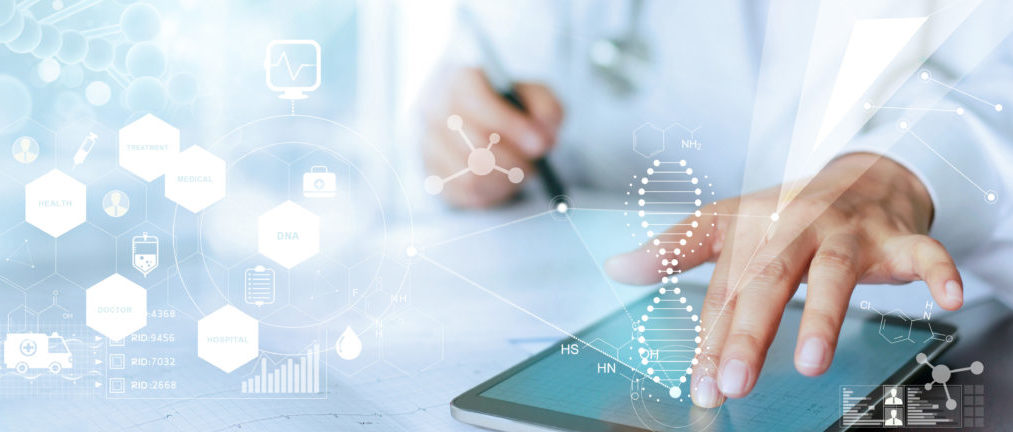
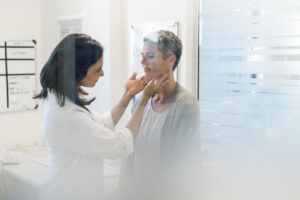
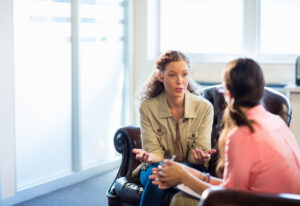

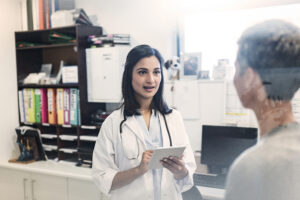
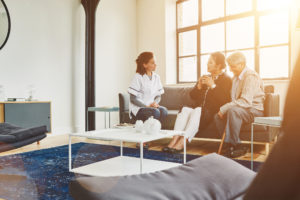
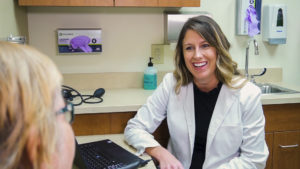
Thank you for a great article!
Very informative post. I am working on project for my clinical research internship. This information you provided in article is very helpful for me to complete my project. Thank you for putting top notch content, I would like to be here again for new updates.